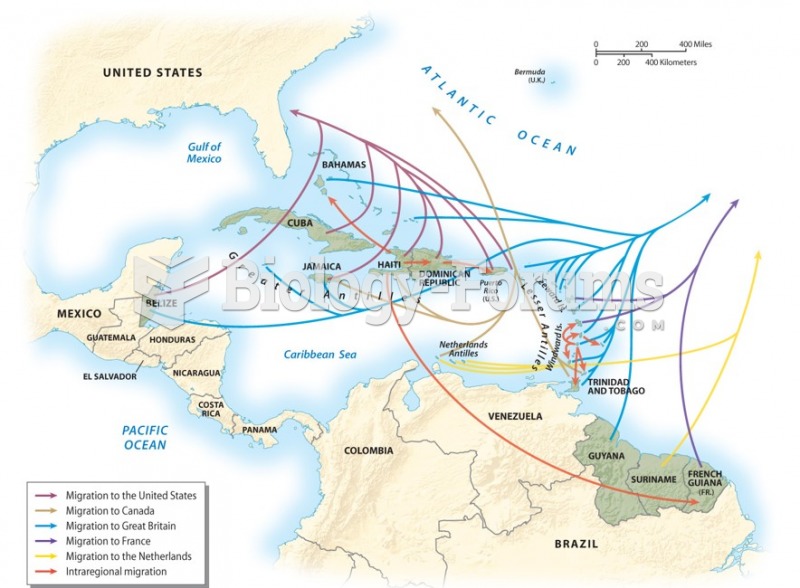Answer to Question 1
a
Answer to Question 2
Beginning in the 1930s, the United States embarked on a series of measures aimed specifically at Mexicans. The Great Depression brought pressure on local governments to care for the growing number of unemployed and impoverished. Government officials developed a quick way to reduce welfare rolls and eliminate people seeking jobs: Ship Mexicans back to Mexico. This program of deporting Mexicans in the 1930s was called repatriation. As officially stated, the program was constitutional because only illegal aliens were to be repatriated. In reality, Mexicans and even people born in the United States of Mexican background were deported to relieve the economic pressure of the depression. The legal process of fighting a deportation order was overwhelming, however, especially for a poor Spanish-speaking family. The Anglo community largely ignored this outrage against the civil rights of those deported and showed no interest in helping repatriates ease the transition.
When the depression ended, Mexican laborers again became attractive to industry. In 1942, when World War II depleted the labor pool, the United States and Mexico agreed to a program allowing migration across the border by contracted laborers, or braceros. Within a year of the initiation of the bracero program, more than 80,000 Mexican nationals had been brought in; they made up one-eleventh of the farmworkers on the Pacific Coast. The program continued with some interruptions until 1964 . It was devised to recruit labor from poor Mexican areas for U.S. farms. In the program, which was supposed to be supervised jointly by Mexico and the United States, minimum standards were to be maintained for transportation, housing, wages, and healthcare of the braceros. Ironically, these safeguards placed the braceros in a better economic situation than Mexican Americans, who often worked alongside the protected Mexican nationals. Mexicans were still regarded as a positive presence by Anglos only when useful, and the Mexican American people were merely tolerated.
Another crackdown on illegal aliens was to be the third step in dealing with the perceived Mexican problem. Alternately called Operation Wetback and Special Force Operation, it was fully inaugurated by 1954 . The term wetbacks, or mojadosderisive slang for Mexicans who enter illegallyrefers to those who secretly swim across the Rio Grande. Like other roundups, this effort failed to stop the illegal flow of workers. For several years, some Mexicans were brought in under the bracero program while other Mexicans were being deported. With the end of the bracero program in 1964 and stricter immigration quotas for Mexicans, illegal border crossings increased because legal crossings became more difficult.







